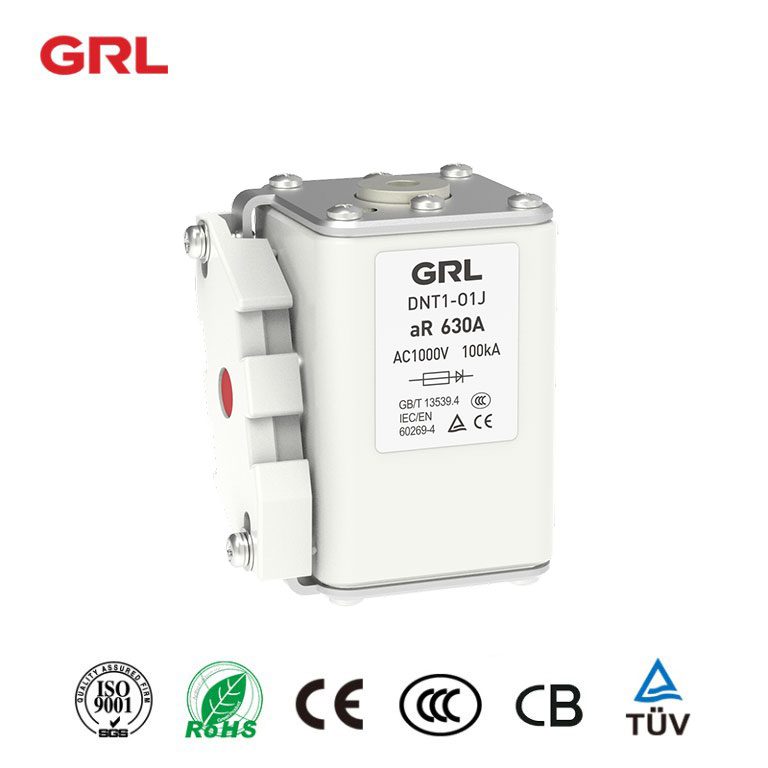
# Semiconductor Fuse Link: Essential Protection for Electronic Circuits
## Understanding Semiconductor Fuse Links
Semiconductor fuse links are specialized protective devices designed specifically for safeguarding sensitive electronic circuits. These components play a crucial role in preventing damage to expensive semiconductor devices by interrupting excessive current flow during fault conditions.
Unlike traditional fuses, semiconductor fuse links are engineered to respond extremely quickly to overcurrent situations, often within milliseconds. This rapid response time is critical for protecting delicate semiconductor components that can be destroyed by even brief exposure to excessive current.
## Key Features of Semiconductor Fuse Links
### 1. Fast-Acting Protection
Semiconductor fuse links are characterized by their ultra-fast response time. They can interrupt fault currents before they reach dangerous levels that could damage sensitive components like IGBTs, thyristors, or power transistors.
### 2. High Breaking Capacity
These fuse links are designed to handle very high short-circuit currents without compromising their protective capabilities. Their construction allows them to safely interrupt currents that might be many times their rated capacity.
### 3. Precise Current Ratings
Manufacturers produce semiconductor fuse links with extremely accurate current ratings to match the specific needs of protected circuits. This precision ensures optimal protection without nuisance tripping during normal operation.
Keyword: Semiconductor Fuse Link
## Applications in Modern Electronics
Semiconductor fuse links find widespread use in various industries and applications:
– Power electronics systems
– Motor drives and inverters
– Renewable energy systems (solar and wind)
– Industrial automation equipment
– Electric vehicle power systems
– UPS (Uninterruptible Power Supply) systems
## Selection Criteria for Semiconductor Fuse Links
When choosing a semiconductor fuse link for your application, consider these important factors:
1. Voltage Rating: The fuse link must have a voltage rating equal to or higher than the system’s maximum operating voltage.
2. Current Rating: Select a fuse with a current rating slightly above the normal operating current but below the maximum safe current of the protected device.
3. I²t Value: This parameter indicates the energy let-through during a fault and should be lower than the protected device’s withstand capability.
4. Physical Size: Ensure the fuse link fits within the available space and matches the required mounting style.
## Maintenance and Replacement Considerations
Proper maintenance of semiconductor fuse links is essential for reliable circuit protection:
– Regularly inspect fuse links for signs of degradation or damage
– Always replace with identical or manufacturer-approved equivalents
– Never bypass or modify fuse links
– Keep spare fuses of the correct rating available
– Follow all safety procedures when working with fuse links
## The Future of Semiconductor Protection
As electronic systems continue to evolve with higher power densities and more sensitive components, semiconductor fuse links are also advancing. New materials and designs are being developed to provide even faster response times, higher breaking capacities, and better coordination with other protective devices in complex electronic systems.
By understanding and properly implementing semiconductor fuse links, engineers and technicians can significantly improve the reliability and longevity of electronic systems while reducing downtime and repair costs associated with electrical faults.